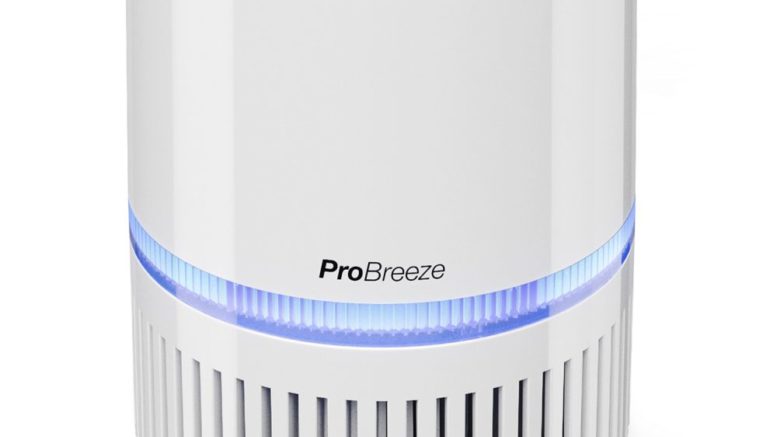If you are a hypoxic patient who needs to inhale oxygen all night because of some cardiovascular or cerebrovascular disease, you might want to install an oxygen generator in your home. In this article we’ll have a look at how these machines work and how to choose the right one for your needs.
Core components
The core components of the molecular sieve oxygen generator are the molecular sieve barrel and compressor. Auxiliary components include the intake filter system, valve control system, oxygen storage tank, oxygen concentration detector, pressure regulating valve, flow meter, and humidifying bottle cooling system. The entire heart of the machine absorbs the air, reduces its pressure, and then transports it to the molecular sieve barrel to produce high concentration oxygen. Reading reviews in oxygenconcentratoradvice.com can also help you choose the right oxygen generator for you.
Molecular sieve
Function: Grab 78% of nitrogen in the air, release 21% of oxygen and 1% of other gases, thereby producing 90% (medical concentration) oxygen. Therefore, the quality of molecular sieve directly affects the lifespan of the machine and the therapeutic effect on patients.
Always keep an eye on the molecular sieve’s implantation volume: the better the implant volume, the longer its life span and the higher its oxygen concentration will be. Also, the reliability and life of a metal sealing cover is higher than that of a clinker sealing cover.
Compressor
The quality of the compressor directly affects the inlet and outlet pressure of the oxygen generator, and its continuous working time.
Types of medical oxygen generators
Medical oxygen concentrators and generators are divided in several sub-types. Namely, they are:
- Portable machines: Small and light, these oxygen generators can be carried with you, and can be carried on the car. They feature 2 gears, 3 gears, or 5 gears.
- Almighty machines: Somewhat larger than portable machines, they have up to 9 gears or 3 liters.
- Desktop: Characterized by their long life and high stability, they’re large and bulky machines. They are usually costly, but their tank can hold more than 5 liters.
Budget and costs
How much money do you plan to spend on an oxygen generator? Depending on the cost, you’ll buy a larger or smaller oxygen generator, but beware: the quality of cheap machines is comparably low.
- Less than 200 dollars: We don’t recommend it. In a nutshell, the psychological effect is greater than the actual effect. When the body is really hypoxic, it is of no use.
- 500-900 USD: A typical three-liter machine, more suitable for patients with mild hypoxia and no more than 2 hours of oxygen per day.
- 1000-1500 USD: A five-liter machine which can be used for a broad range of patients with cardiovascular and cerebrovascular diseases and mild lung diseases.
- 1600-2500 US dollars: Basically, a high-end machine. Its performance is stable in various environments, and has almost all applicable features.
Individual needs
The first question you should ask yourself is if you need an oxygen generator more with a few liters of oxygen. It is not simply to see how much oxygen is inhaled during a hospital stay, but this information is important since it’s used to predict the size. However, you might eventually get an idea in the next few years through the development of the disease.
Also, it is vital to know how long do you need to continue oxygen production and if you need to bring a ventilator or other air-oxygen mixing equipment. If you buy a machine that is too small and has poor performance, the treatment effect will not be achieved, and the money will be wasted.
The smaller the size, the better?
Many people ask why better oxygen generator are so big. Isn’t there a smaller size available? Actually, 90% of the small ones are cheap machines that do not work as intended. The remaining 10% are truly portable, but of course their price is between US$800-1200.
The size of the oxygen generator mainly depends on two components: compressor and molecular sieve. The amount of molecular sieve implantation directly affects the life of the oxygen generator and the oxygen production capacity. The compressor affects the continuous working time and life of the oxygen generator.
With or without atomization function?
Everyone knows that the world’s top oxygen generator companies are currently in the United States. (DriveDevilbiss, Invicom, Yashi, etc.). Unlike Chinese products, American oxygen concentrators do not have an atomization function. Why? Quite simply, the pressure of the 5L oxygen generator simply cannot reach the pressure required for atomization. The maximum size of an oxygen generator with an atomization function is 1L.
Other factors
Several factors that should be paid attention to when purchasing an oxygen generator, namely: ease of use, reliability, life, and noise – the last two characteristics being pretty much self-explanatory. Ease of use is particularly important since the machine must be suitable for the elderly. Check that they can be easily operated and that post-maintenance makes it simple and easy to clean and replace the components.
Stability of oxygen concentration is also critical. The oxygen concentration should be kept stable during the startup process. The stability of the drop of oxygen concentration is extremely poor when it fluctuates or falls within a few hours.
Start-up endurance, instead, refers to the time that the machine is continuously turned on and not stopped. Today, some mid-to-high-end Chinese machines can continue to operate continuously for 24 hours.
